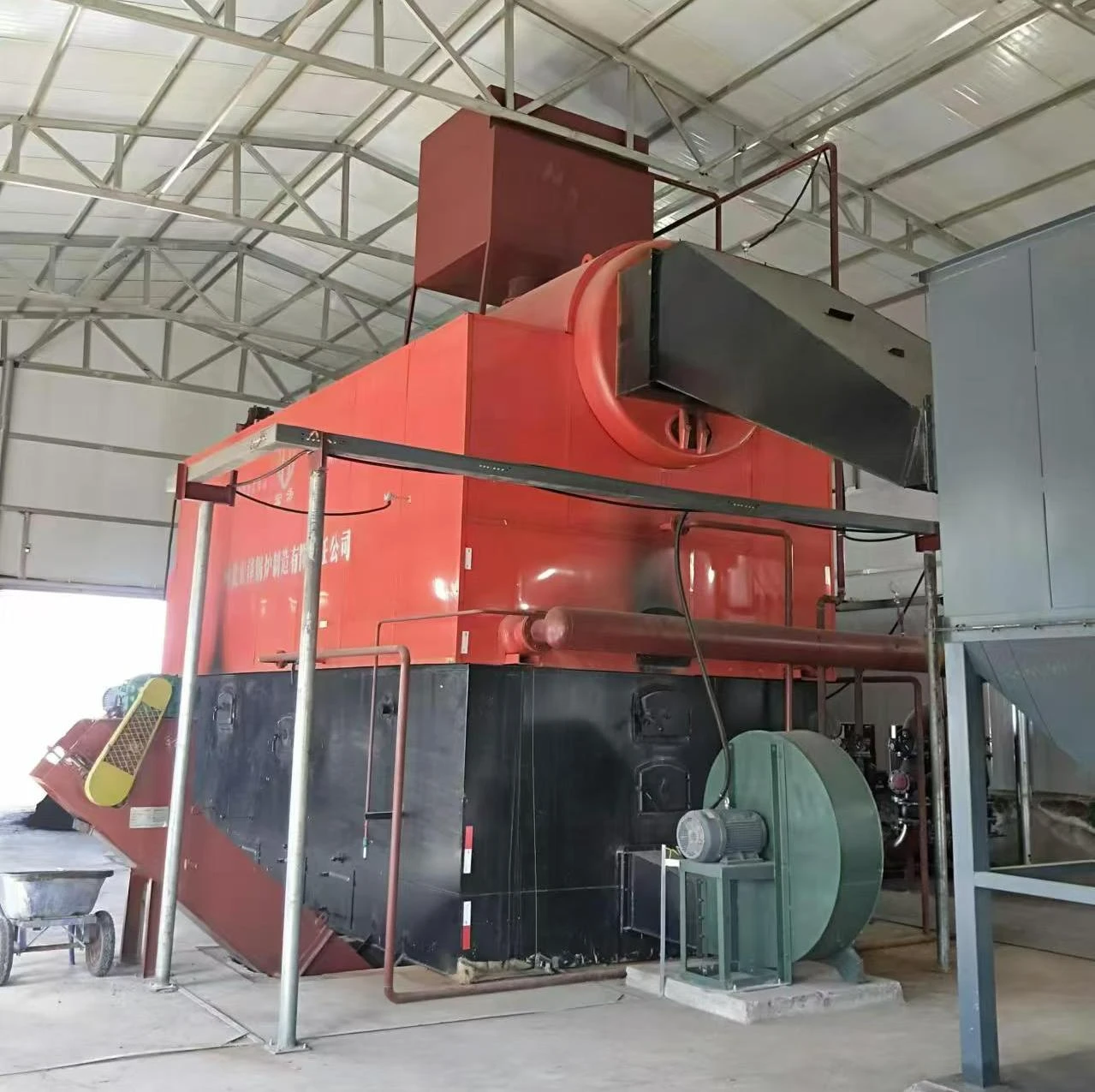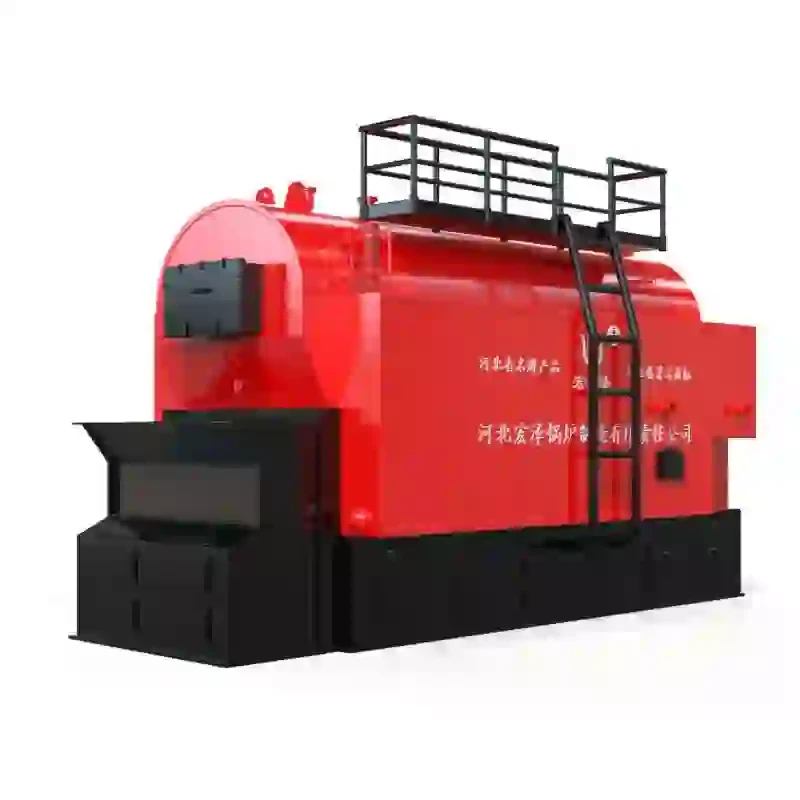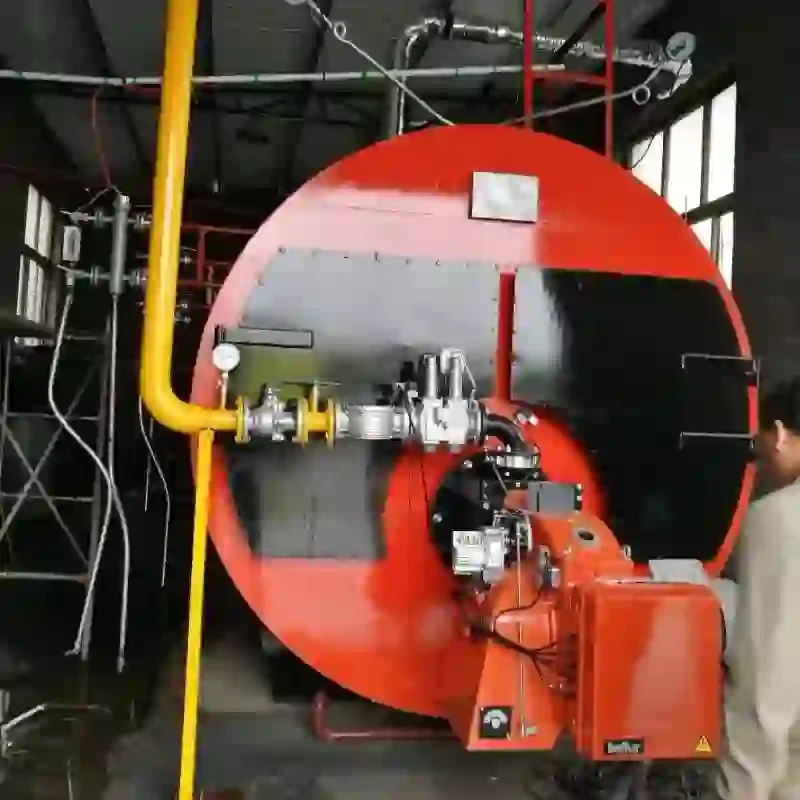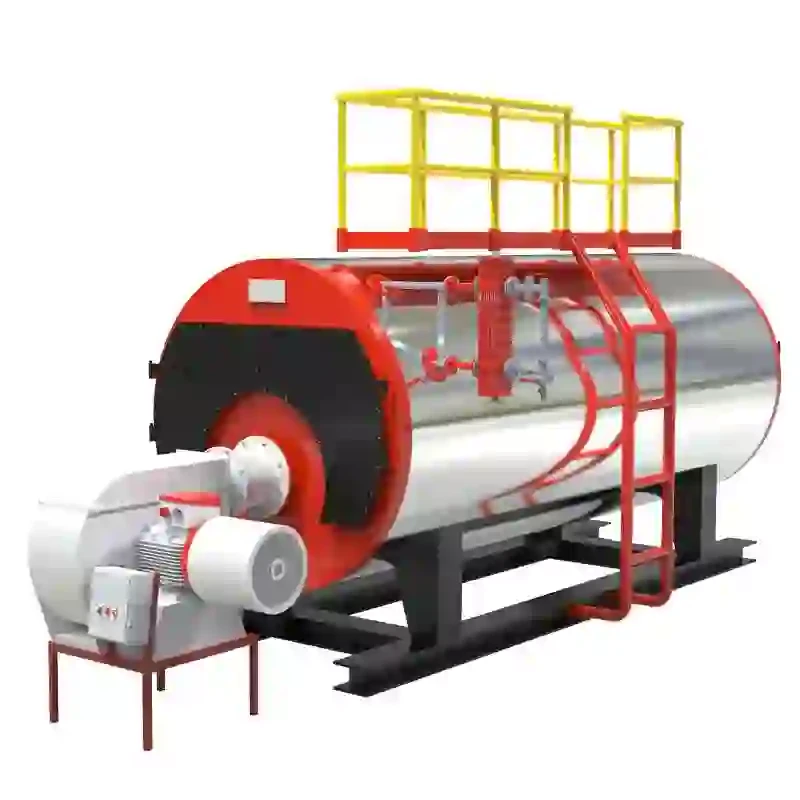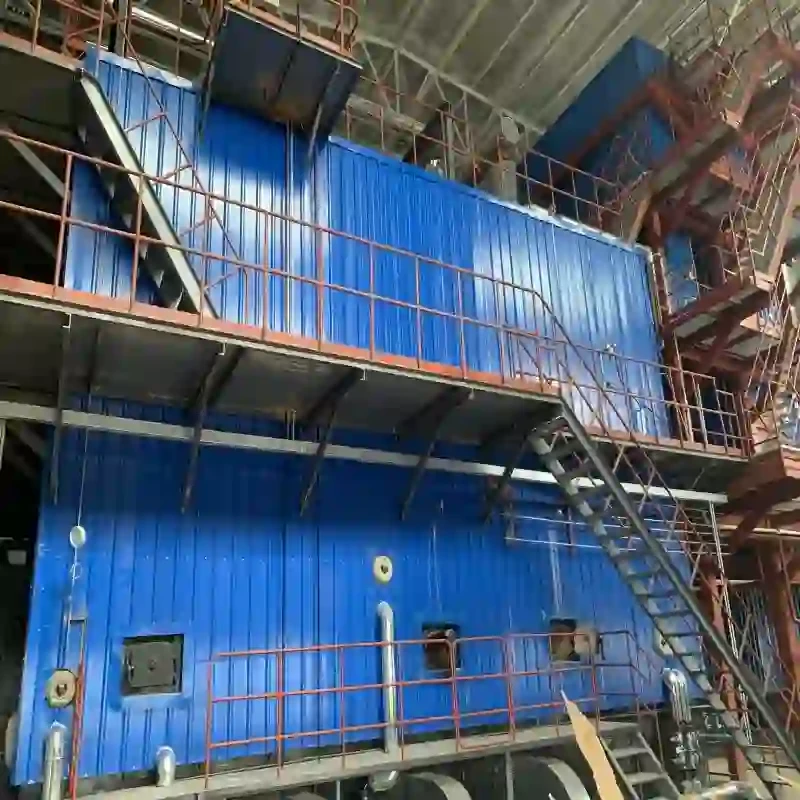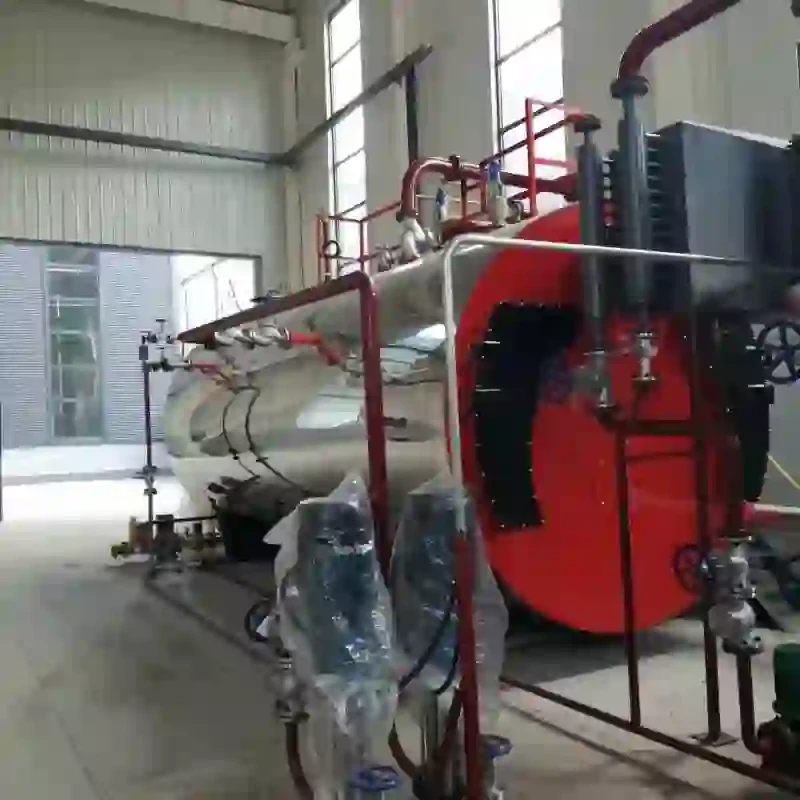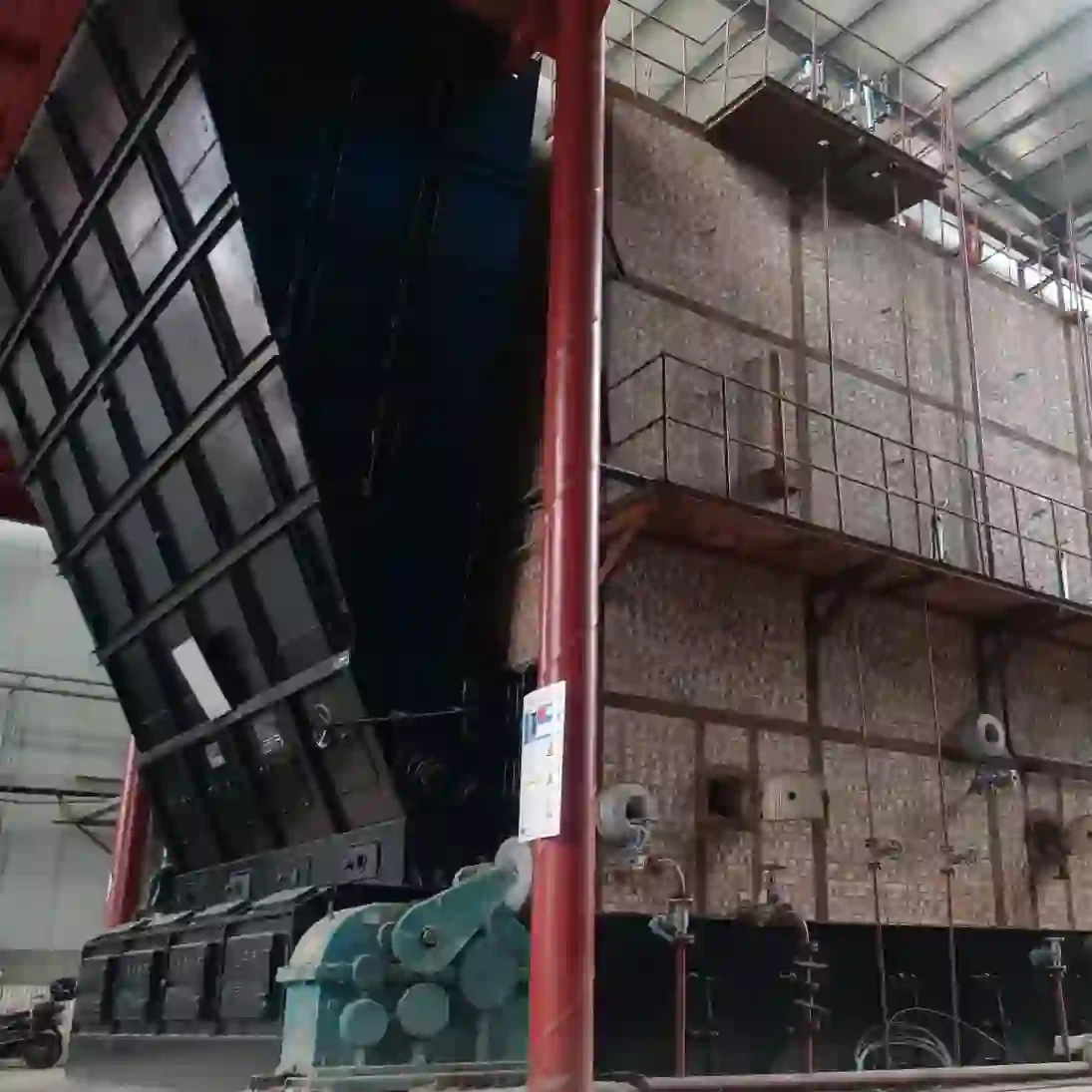
Oct . 20, 2025 13:05 Back to list
Coal Fired Thermal Oil Boiler | High Temp, Low Pressure
Field Notes on a coal fired thermal oil boiler: what plants actually want
I’ve walked more than a few boiler rooms, and—honestly—production managers don’t wax poetic about heaters; they care about uptime, fuel bills, and not getting a call at 2 a.m. This is where a modern coal fired thermal oil boiler still earns its keep, especially in places where coal is abundant and gas isn’t cheap or stable. From No.2 Suheng North Street, Raoyang County, Hengshui City (yep, that’s the origin), this unit aims at steady 320 °C heat without the steam headaches.
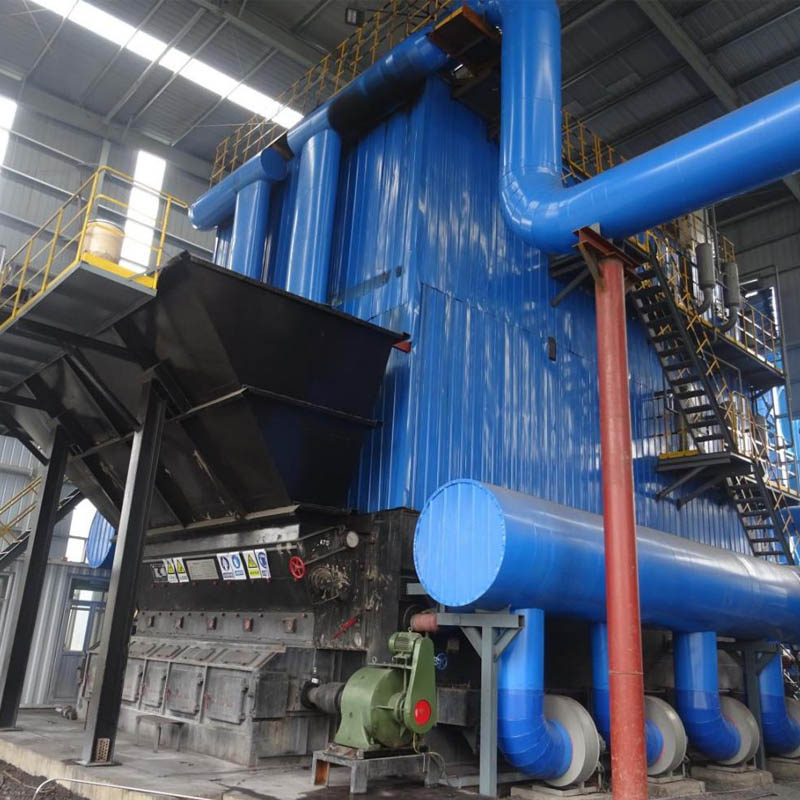
What’s trending (and what’s noise)
Industry trendlines are clear: more automation, tighter emissions, and flexible fuels. Surprising to some, many plants are co-firing graded coal with biomass or gangue to trim costs. We’re also seeing better coil metallurgy and smarter O2 trim for ±1% efficiency gains. Gas gets the limelight—sure—but where pipelines don’t reach, a robust coal fired thermal oil boiler still wins on total cost of ownership.
For context, a gas-fired thermal oil boiler uses a natural-gas burner and the same heat-transfer-oil loop; it’s cleaner but not always cost-optimal. Different tools for different maps.
Process flow and build quality (quick tour)
- Fuel & combustion: lignite/bituminous/anthracite/gangue on chain grate (or CFBC on request); optimized air staging.
- Heat exchange: multi-pass coil (20# seamless / ASTM A106 Gr.B), thermal oil circulated by pump in liquid phase.
- System loop: expansion tank, deaeration, inline filtration, user heat exchangers, return to heater.
- Materials: Q345R pressure parts, high-alumina refractory, rock-wool insulation. Welds RT/UT per procedure.
- Testing: hydrostatic test at 1.25× design; NDT on critical seams; controls verified to DIN 4754 and NFPA 87 concepts.
- Service life: coils ≈ 8–12 years; thermal oil 5–8 years with quarterly TAN and flash-point checks.
Product specs (typical range)
| Thermal Power | 30–1400 (10⁴ Kcal/h) ≈ 0.35–16.3 MW |
| Working Pressure | 0.8–1.0 MPa (loop) |
| Outlet Temperature | Up to 320 °C (real-world use may vary) |
| Fuels | Lignite, bituminous, anthracite, gangue |
| Thermal Efficiency | ≈ 82–88% with O2 trim and economizer |
| Controls | PLC, flame safeguard, oil over-temp and low-flow protection |
| Certifications | ISO 9001; ASME/CE stamping for pressure parts (on request) |
Where it fits
- Wood-based panels and laminates, asphalt/bitumen plants, chemical reactors, textile dyeing, food drying, paper calenders. Many customers say the stable 300–320 °C stream is the big win.
Vendor snapshot (why buyers compare twice)
| Criteria | HZ Boiler (origin: Hengshui) | Generic Import | Local Fabricator |
|---|---|---|---|
| Efficiency (tested) | ≈ 86% with economizer | ≈ 80–83% | Varies widely |
| Standards | DIN 4754/NFPA 87-aligned controls | Basic local code | Depends on project |
| Customization | Fuel mix, coil metallurgy, skid piping | Limited options | Moderate |
| Lead time | Around 30–60 days | Uncertain | Short, but fewer tests |
Customization & real data
- Options: variable-speed pumps, air-preheater, baghouse/FGD add-ons, biomass co-firing kit.
- Stack tests (site acceptance): O₂ 6–8%, CO < 200 mg/Nm³, dust < 30 mg/Nm³ with bag filter (actual fuel matters).
- Oil health: TAN ≤ 0.5 mgKOH/g (new), flash point ≥ 200 °C; quarterly lab checks recommended.
Two quick cases
Panel plant, 8 MW: Switched to a coal fired thermal oil boiler with O2 trim; reported ≈ 7% fuel savings and steadier press temperature. “Less operator tweaking,” they told me.
Bitumen terminal, 3 MW: Gangue-lignite blend; outlet 300–310 °C; filter upgrades cut dust carryover by half. Maintenance said coil fouling “finally manageable.”
Bottom line? If fuel flexibility and high-temp stability are on your whiteboard, a properly engineered coal fired thermal oil boiler still pencils out—just pair it with credible controls and a real emissions plan.
References
- DIN 4754-1: Heat transfer installations using organic heat transfer fluids. https://www.beuth.de
- NFPA 87: Standard for Fluid Heaters. https://www.nfpa.org
- ISO 9001: Quality management systems. https://www.iso.org/iso-9001-quality-management.html
- IEA – Industrial energy efficiency in heat processes. https://www.iea.org
-
Comprehensive Guide to Steam Boiler Installation Diagram – Global Best Practices and Future Trends
NewsNov.24,2025
-
A Practical Guide to the Selection of Steam Boiler for Industrial Efficiency
NewsNov.23,2025
-
Comprehensive Guide to Steam Boiler PDF Manuals and Their Global Impact
NewsNov.22,2025
-
Discover How Steam Boiler Videos Improve Industrial Training & Safety
NewsNov.22,2025
-
Comprehensive Guide to Wood Fired Steam Boiler Design – Efficiency, Applications, and Innovations
NewsNov.21,2025
-
Comprehensive Guide to Steam Boiler Working – Efficiency & Applications
NewsNov.20,2025
Related PRODUCTS






